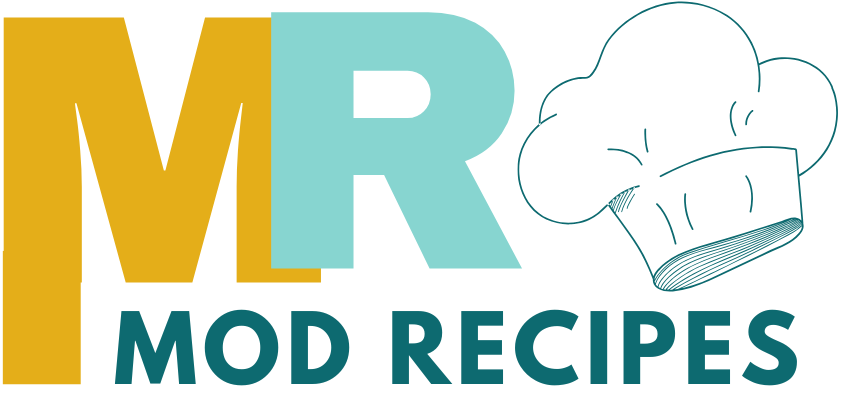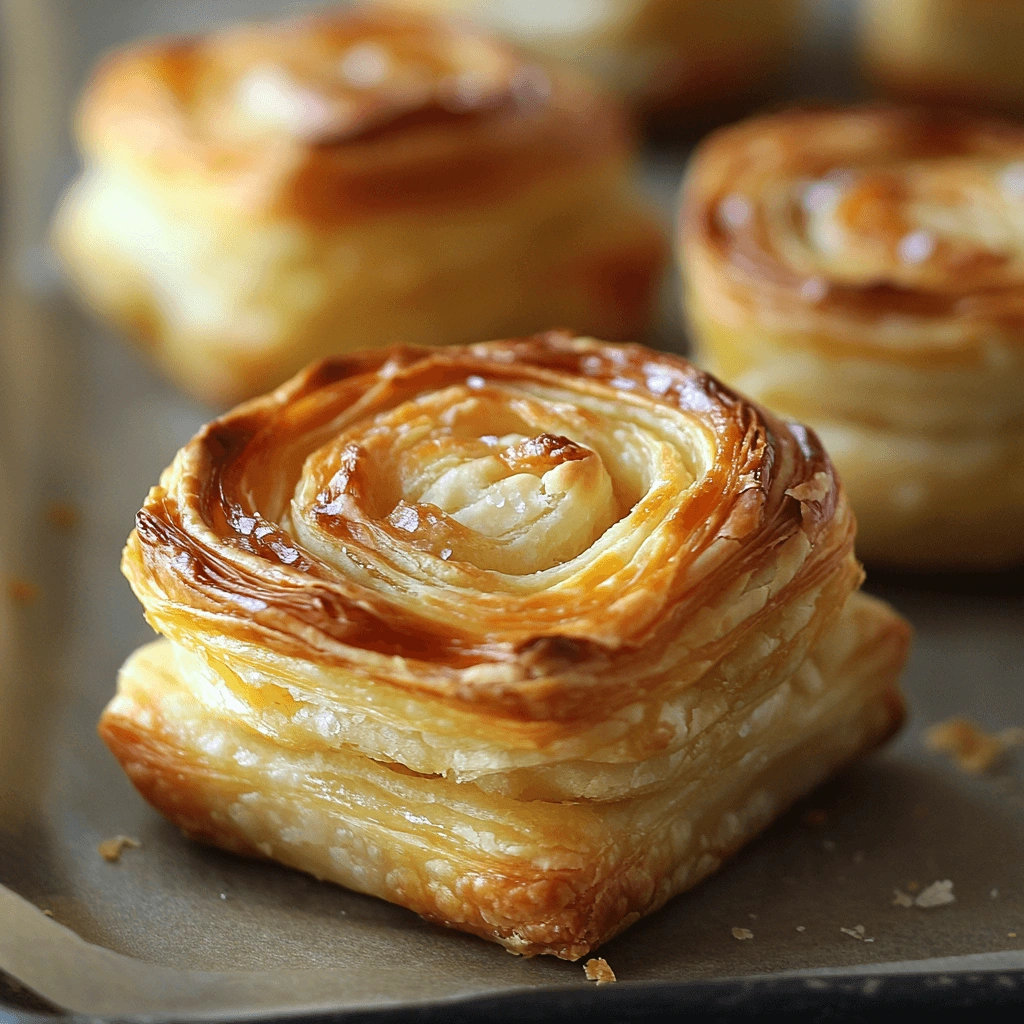Introduction:
Puff pastry is a staple in both sweet and savory baking, but traditional recipes rely on gluten to create flaky layers. If you’re following a gluten-free diet, you might wonder if it’s possible to achieve the same light, airy texture. The good news? It is! With the right ingredients and techniques, you can make gluten free puff pastry that is just as buttery and delicious as the classic version.
This guide will walk you through everything you need to know to create a perfect gluten-free puff pastry from scratch. You’ll learn about the essential ingredients, step-by-step instructions, common mistakes to avoid, and creative ways to use your homemade dough. Let’s get started!
What Makes Gluten-Free Puff Pastry Different?


Gluten-Free vs. Regular Puff Pastry
Traditional puff pastry relies on gluten to create structure and elasticity, which helps the dough stretch without breaking. When baked, gluten traps steam, causing the pastry to puff up into delicate, flaky layers. Without gluten, we need alternative ingredients to achieve similar results.
The Role of Gluten in Flakiness
Gluten creates the structure necessary for the layers in puff pastry. In gluten free puff pastry, we need to replace gluten with other binding agents to hold the dough together while ensuring a light, crisp texture.
Key Ingredients for Success
To successfully make gluten free puff pastry, you need a combination of gluten-free flour blends, binding agents, and high-quality butter. The right mix ensures a dough that’s pliable, easy to roll, and capable of forming delicate layers.
Essential Ingredients for Gluten-Free Puff Pastry


Best Gluten-Free Flour Blends
Not all gluten-free flours work well for puff pastry. You need a blend that mimics the elasticity and stretch of wheat flour. Recommended options include:
- Bob’s Red Mill 1-to-1 Baking Flour
- King Arthur Gluten-Free Measure for Measure Flour
- Cup4Cup Gluten-Free Flour
Binding Agents That Work
To help the dough hold together, use:
- Xanthan gum – Adds elasticity and strength.
- Psyllium husk – Improves moisture retention and dough structure.
- Guar gum – Acts as a thickening agent.
Dairy-Free Alternatives for Butter
If you’re avoiding dairy, substitute regular butter with:
- Vegan butter (Earth Balance, Miyoko’s Creamery)
- Coconut oil (solid state, for a firmer dough)
Step-by-Step Guide to Making Gluten-Free Puff Pastry
Mixing the Dough
- In a large bowl, combine 2 1/2 cups gluten free flour blend, 1 teaspoon salt, and 1 teaspoon xanthan gum.
- Cut 1 cup of cold butter into small cubes and mix into the flour until you have a coarse, crumbly texture.
- Slowly add 3/4 cup of cold water, stirring until the dough comes together.
- Wrap the dough in plastic wrap and refrigerate for at least 30 minutes.
Laminating the Dough
- Lightly flour a surface with gluten-free flour, then roll out the chilled dough into a rectangle.
- Place thin slices of butter over two-thirds of the dough.
- Fold the unbuttered section over the middle, then fold the remaining third on top (like folding a letter).
- Rotate the dough 90 degrees and roll it out again.
- Repeat this process 4-6 times, chilling the dough for 20 minutes between folds.
Rolling & Shaping
- Roll out the dough to about 1/4-inch thickness.
- Use a sharp knife to cut the dough into desired shapes.
- Chill the dough for another 15 minutes before baking.
Step 4: Baking Tips for the Perfect Puff
- Preheat the oven to 400°F (200°C).
- Place the gluten free puff pastry on a baking sheet lined with parchment paper.
- Bake for 15-20 minutes, or until golden brown and crispy.
- Allow the pastry to cool slightly before serving.
Common Mistakes & How to Avoid Them
Dough Crumbles Too Much
- Solution: Add a little more water or an extra teaspoon of psyllium husk.
Pastry Doesn’t Puff
- Solution: Ensure the butter stays cold and the dough is properly laminated.
Too Dense or Greasy
- Solution: Avoid overworking the dough and chill it before baking.
Best Storage Tips
- Refrigerate gluten-free puff pastry for up to 3 days.
- Freeze for up to 3 months for later use.
Delicious Ways to Use Gluten-Free Puff Pastry


Sweet Treats
- Gluten-Free Croissants – Layered, buttery perfection.
- Danish Pastries – Filled with fruit or cream cheese.
- Fruit Turnovers – Crispy, golden pockets filled with apples, berries, or pears.
Savory Ideas
- Puff Pastry Tarts – Top with cheese, tomatoes, or caramelized onions.
- Pot Pies – A flaky crust for chicken or vegetable pot pies.
- Sausage Rolls – A tasty appetizer or snack.
Dairy-Free Options
- Swap butter for vegan butter in all recipes.
- Use almond milk or coconut milk for glazing instead of egg wash.
Conclusion:
Making gluten free puff pastry at home is easier than you think. By using the right flour blend, binding agents, and butter, you can create a dough that’s just as flaky and buttery as traditional puff pastry. Whether you’re baking sweet treats or savory delights, this recipe will become a go-to staple in your gluten-free kitchen.
Now it’s your turn! Have you tried making gluten-free puff pastry? Share your experience in the comments below! Happy baking!


1 thought on “How To Make Gluten-Free Puff Pastry: Flaky & Buttery Recipe.”
Comments are closed.